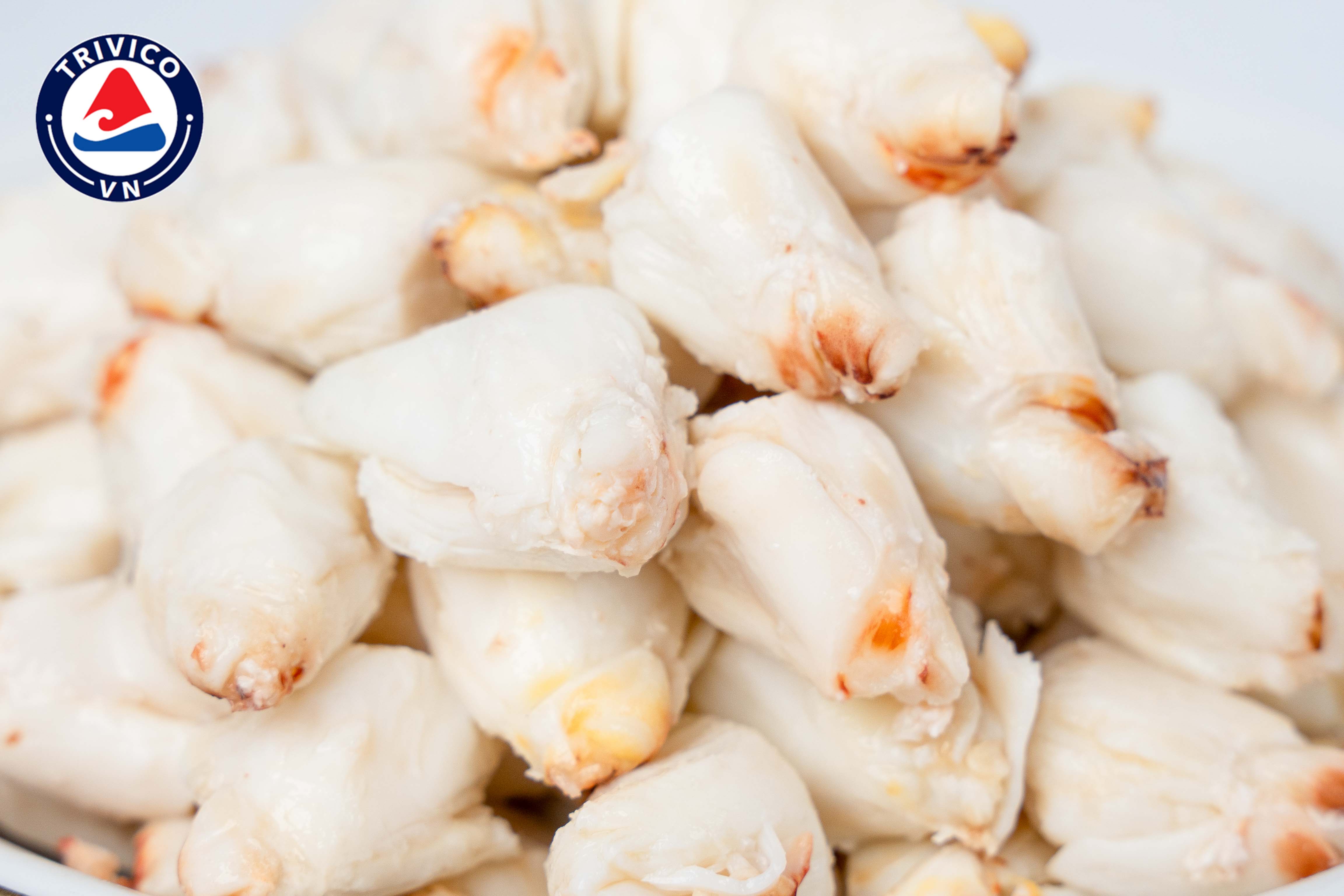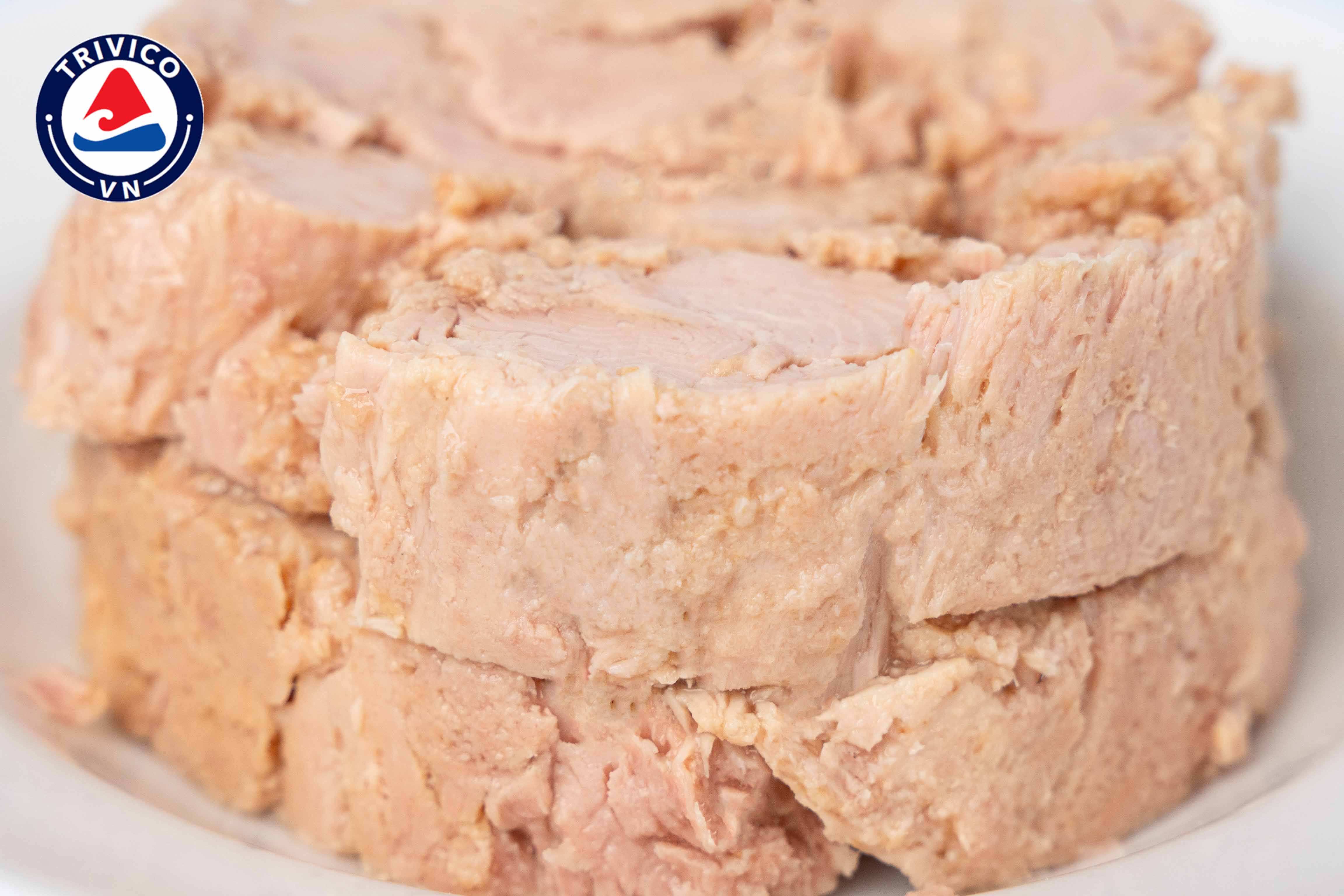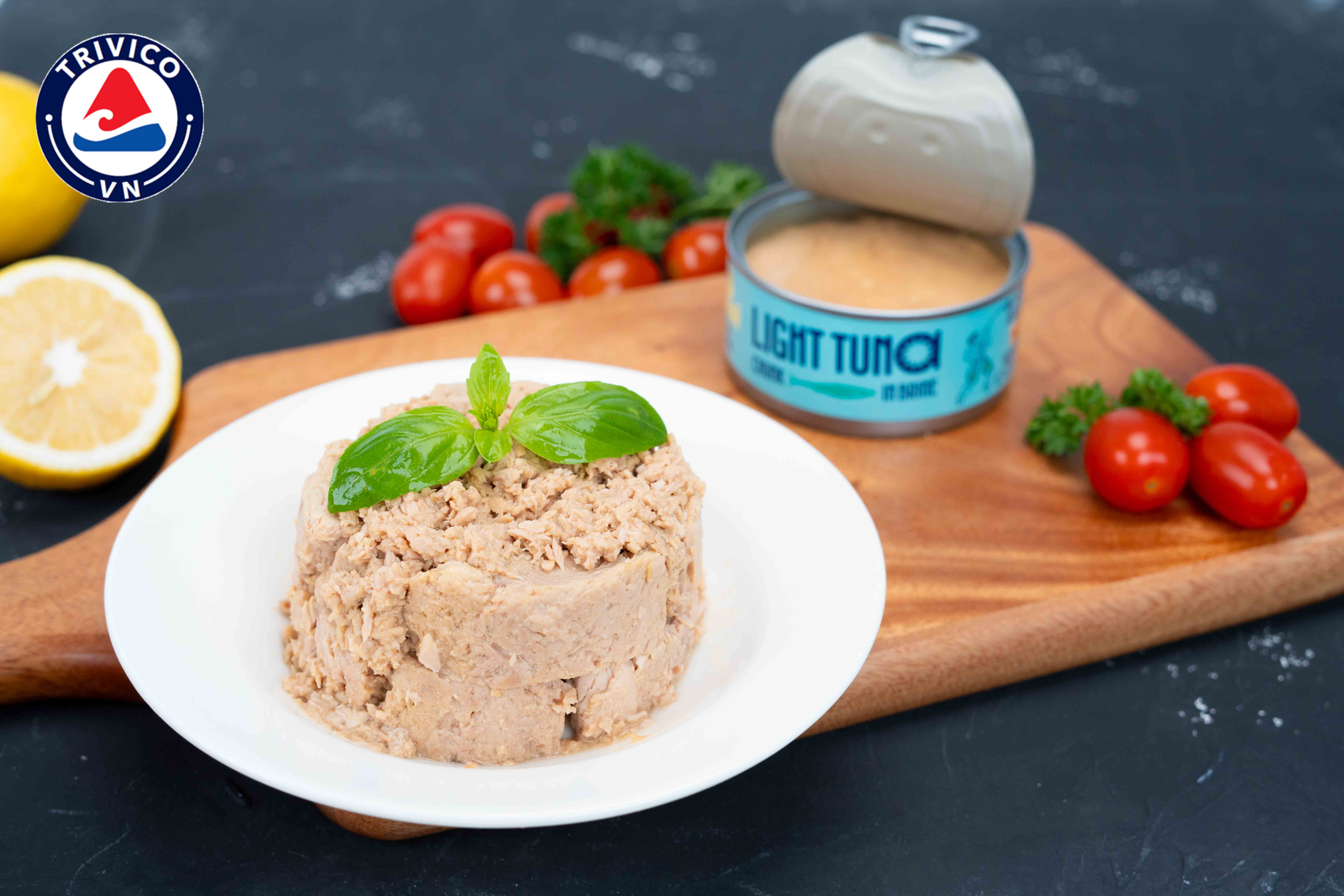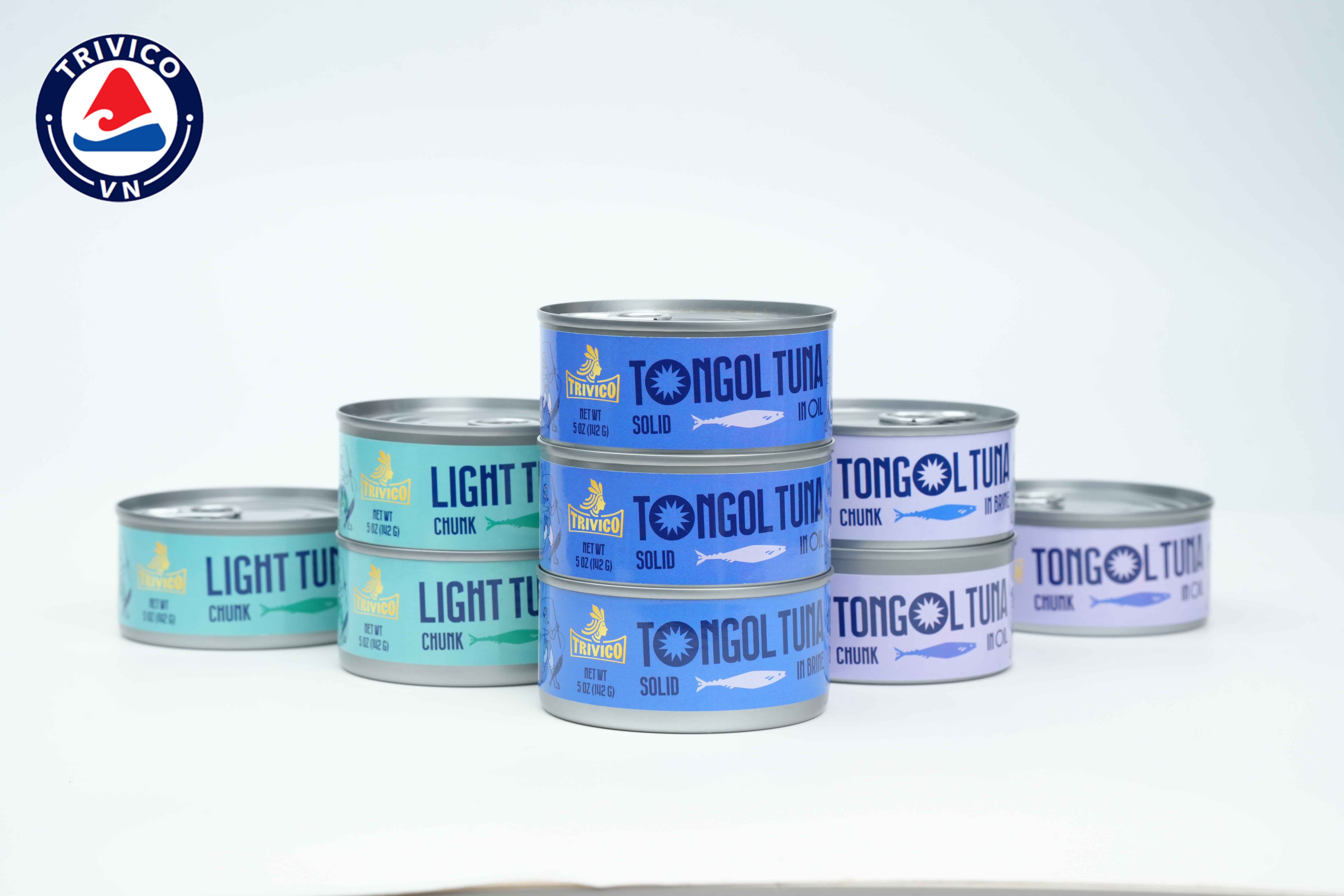
News
 Trinityvietnam
Trinityvietnam
 10:32 - 10/11/2025
10:32 - 10/11/2025
Vietnam’s Tuna Industry Faces “Zero Tariff” Opportunity in the U.S.: Great Prospects, but Significant Challenges Ahead
(vasep.com.vn) Vietnam’s recent agreement with the United States on a framework for a reciprocal, fair, and balanced trade arrangement—reached during the 2025 ASEAN Summit in Malaysia—has brought a wave of optimism for Vietnamese exports, including tuna products. The positive signals in the joint statement have raised strong expectations within the industry. However, turning these expectations into tangible benefits remains a challenging journey that will require time, effort, and strategic adaptation.
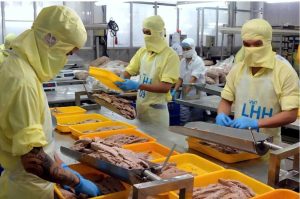
Key Highlight in the Joint Statement: Defining Product Categories Eligible for Reciprocal 0% Tariffs
(vasep.com.vn) A notable point in the Joint Statement is the identification of product categories listed in Annex 3 of Executive Order No. 14346, dated September 5, 2025, regarding the “Adjustment of Potential Tariffs for Like-Minded Trade Partners.” These products would be eligible for a reciprocal 0% tariff.
Among the product groups potentially subject to tariff adjustments are fresh/chilled albacore tuna (HS03023100), frozen tuna loins/fillets (HS03048700), and processed tuna and skipjack, not canned or preserved in oil, presented in bulk or direct containers exceeding 6.8 kg (HS16041440).
If these product groups are indeed granted tariff exemptions, it would mark a major boost for Vietnam’s tuna industry, significantly enhancing its competitiveness in the U.S. — one of the world’s largest tuna-consuming markets. In recent years, the U.S. has remained Vietnam’s top importer of tuna, although export prices have been constrained by high logistics costs and import tariffs. A reduction to 0% tariffs could help Vietnamese products compete more effectively against suppliers from Ecuador, Thailand, and the Philippines — particularly in the premium frozen loin/fillet segment and in supply chains serving U.S. foodservice, restaurant, and retail sectors.
However, this opportunity will not come easily. The specific list of products eligible for tariff preferences has yet to be officially released by the U.S. government. Furthermore, accompanying conditions such as rules of origin, traceability, and sustainability standards will present significant challenges for many Vietnamese exporters.
In recent years, Vietnam’s tuna industry has faced increasingly stringent requirements from the U.S. and other major markets related to combating Illegal, Unreported, and Unregulated (IUU) fishing, compliance with the Marine Mammal Protection Act (MMPA), supply chain transparency, and Marine Stewardship Council (MSC) certification. Without meeting these criteria, exporters will find it difficult to capitalize on tariff advantages, even if their products are listed under preferential categories.
Moreover, the overall trade environment between Vietnam and the U.S. remains uncertain, as the U.S. has imposed a 20% reciprocal tariff on several Vietnamese products this year. The 0% tariff policy, if implemented, will likely be applied selectively—favoring products that clearly demonstrate “fair reciprocity” and verifiable transparency in origin and compliance.
In this context, Vietnamese tuna exporters are increasingly shifting toward higher value-added products such as loins, fillets, and large-scale processed tuna. This is considered a strategic move that not only improves profit margins but also aligns with the green and sustainable consumption trends in the U.S. market.
Over the next 6–18 months, if the 0% tariff policy is applied to the mentioned HS codes, Vietnam’s tuna exports to the U.S. are expected to recover and grow after a period of stagnation in 2024–2025. At the same time, investment in traceability systems, standardized processing procedures, and national branding for tuna products will be critical to determining how effectively Vietnam can leverage this tariff opening.
The opportunity is significant — but it will not automatically translate into benefits. Without a well-structured supply chain, transparent sourcing, and strict compliance with IUU regulations, the 0% tariff will remain merely a theoretical advantage.
Vietnam’s tuna industry now stands at a strategic crossroads — where tariff rates alone are no longer decisive. The key to competitiveness in the U.S. market will depend on adaptability, transparency, and the sustainable value embedded in each product.










